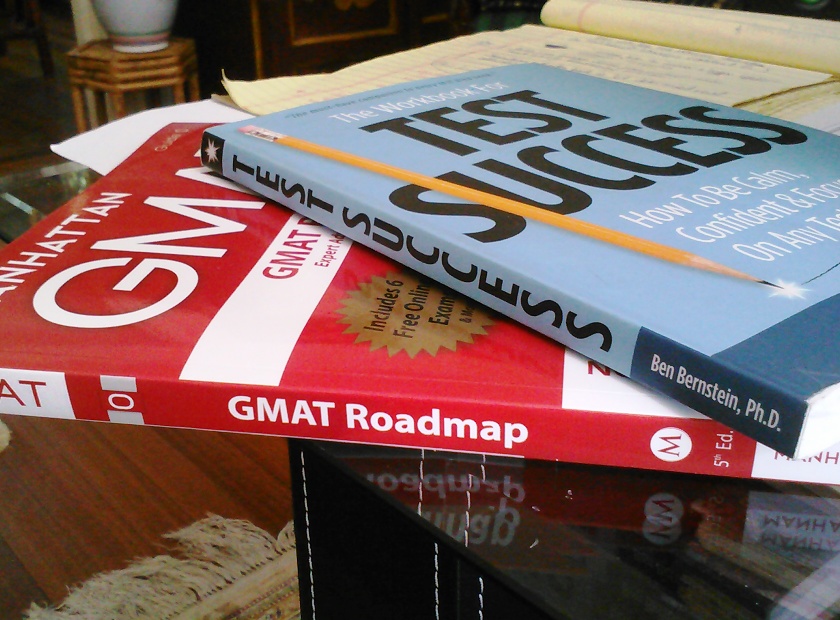Around the World: Six Tips from the Trenches
Here’s an article by my colleague and friend, Candy LaBalle, founder of mbaSpain on international student approaches to the MBA admission process
MBA admissions consultants help applicants in everything from choosing schools to essay brainstorming to resume editing. But, when dealing with non-US applicants, we also have to do a little cultural translating. At mbaSpain, I face this reality every day, and, after comparing notes with several AIGAC colleagues, I’ve identified six application areas where cultural awareness is essential.
1. Sell Yourself
Call it branding, positioning, or tooting your own horn, what is second nature to US applicants is often taboo to non-Americans.
“With Middle Easterners, particularly women, I spend a lot of time encouraging them to talk openly about themselves, their accomplishments and initiatives, and their dreams,” notes Tanis Kmetyk, who handles EMEA applicants for Accepted.com. With Asian applicants, she says, “Standing out is not considered a ‘plus’… so helping them to, well, stand out, is important.”
In addition, many foreign applicants believe an MBA application means all business. Rocio didn’t think the fact that she co-founded one of Spain’s most important youth sporting events to be relevant. “But I was in university, wouldn’t the schools rather hear about my banking experience?”
2. Embrace your Failures
“Even physical hurdles that people face (like handicaps) are seen as a weakness in many countries,” says Tanis. We have to push them to realize that the value of that failure, what they learned can actually be a strength for their application.
Some non-US applicants try to avoid sharing failures by thinly veiling achievements. Jaime was determined to tell LBS that his failure to graduate number one in his class (instead of number two) was due to his demanding role as captain of the rugby team! It took a bit of coaxing to help him realize that his initial struggle with leadership was actually a more powerful story.
3. Answer the Question
Getting non-US applicants to clearly tell a story is another struggle. Vince Ricci who runs VincePrep.com in Japan notes, “Japanese storytelling emphasizes context – a long wind-up before the final punchline.” With this approach, they’ll run out of words before they get to the point.
Spanish applicants love to share mucho ruido, pocas nueces (a lot of noise, few nuts). Though it is good advice for all MBA hopefuls to stay focused and answer the question, non-US applicants benefit immensely from the application of STAR: Situation, Task, Action, Result.
4. Commit to the Tests
Standardized tests provide their own cultural challenges. Victoria Pralitch of MBA Consult in Russia says “My applicants see GMAT as just a math test, and our schools in Russia give a great math training, so no need to overstrain. As a result, the percentage of those who pass successfully the first time is not that high.”
“German applicants are typically exasperated about the GMAT requirement,” notes Dr. Marlena Corcoran of Athena Mentor. “They are convinced they are superior candidates, and their less-than-stellar scores on a standardized exam must mean the exam is unfair.”
Other applicants choose to ignore their English test until it is too late. “I have a 720 on GMAT and use English everyday,” Pedro, a very promising candidate told me last November. “I don’t have to prepare TOEFL.” He got a 104 and had to put off his Harvard application for a year.
5. Recognize Extracurriculars
“Most Western Europe governments take care of their people from ‘cradle to grave,’ so community activity here is not at all the same as it is in North America,” notes Tanis.
Maybe our non-US applicants haven’t done typical extracurricular activity, but most likely they’ve played team sports, served on an events committee at work, helped a family member open a business, or participated in some activity that allowed them to take initiative, have impact and show leadership.
Ricardo was convinced he had no extracurricular activity to share. Then I found out that when he was in university, his family went bankrupt. He used his computer skills to make 20,000 euros in an online venture which helped his father get his business back. Talk about impact!
6. Go Beyond Rankings
“I have to educate my non-US applicants about the diversity of schools – many are just focused on the top 10 and it’s frustrating, whether it’s not realistic for them or just there’s a better fit,” says Yael Redelman-Sidi of Admit1MBA.com based in New York.
While a top-ten obsession is typical among most MBA applicants, non-US applicants also face the cultural pressure of attending a brand-name school. Everyone in Spain, China and Brazil knows Harvard, not so many know Babson or Kelley or Tulane. It is our job to mediate their expectations (not all of them can go to Harvard) and open their eyes to other schools that could be a better fit.




